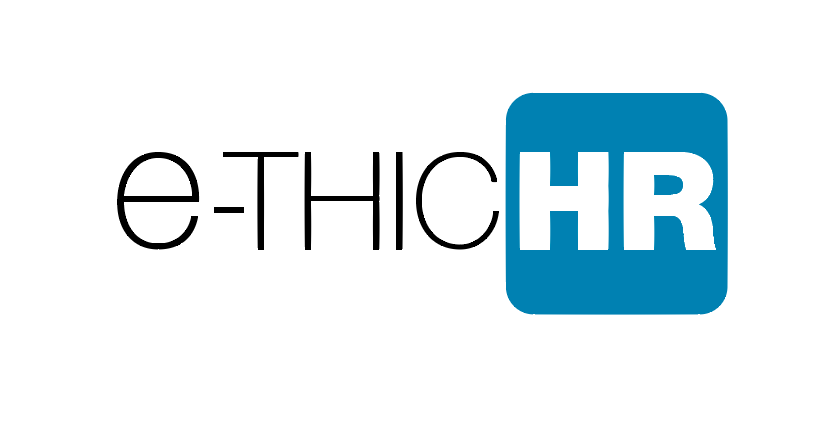Earlier this year, Facebook reported that between 5.5 and 11.2 percent of its members are fake. If the same ratio applies to LinkedIn’s 300 million-user base, we’re talking between 16.5 and 33.6 million fakes. Indeed, LinkedIn’s demographic is very different from Facebook’s, but even a few million fake profiles can wreak havoc on any business network. Is it not time for social networks to require users to authenticate their identities? What action could be be taken? Read this open letter to LinkedIn.
AN OPEN LETTER TO LINKEDIN
“Dear LinkedIn,
I admire your service and use it every day. But the problem of fake profiles has gotten out of control. Fake profiles are a scourge today because:
- They waste the time of those having to approve them or research their authenticity.
- They result in invalid clicks within the LinkedIn advertising ecosystem because advertisers are targeting based on the criteria of profile visitors who are clearly fake and therefore do not meet the targeting criteria selected by the advertiser.
- They cause wasted InMails for all paying members. InMails are valuable and scarce (they cost money) and I’d be much more inclined to use an InMail against a verified profile as a recruiter/HR person, business networker, salesperson, or job seeker. You have paid programs for all of these groups.
- They result in a surge in InMail spam for all members, particularly those more senior with spending and decision-making power (the most valuable members to LinkedIn, because they/we are often paying for a membership).
- The brands of the employers are potentially damaged by being displayed next to someone who never worked for them and doesn’t exist.
For those of us with public personas who speak at dozens of conferences and author columns/books, there is often the desire to give new connection requests the benefit of the doubt. But doing this has now become too risky. We are now fearful of making connections to entities whose identities are uncertain and whose intentions may not be good.
The time has come for authenticated profiles within LinkedIn (similar to the Twitter verification). Consider PayPal’s approach to maintaining security on its network. From time to time, PayPal’s system will shut down accounts of its members and force them to reactivate by re-authenticating themselves.
Providing a photo ID plus proof of address to verify one’s identity would not be an onerous tasks for most people. Most LinkedIn members would welcome the opportunity authenticate their profiles. If you’re skittish about making such a requirement mandatory for continuing membership on LinkedIn, make it voluntary. My guess is that a lot of people would voluntarily produce such information in order to strengthen their legitimate business networks. Certainly paid profile accounts are already partially validated and authenticated.
I’m confident that you will see the need to this kind of action. I hate that we have to become detectives before approving folks with profiles that look plausible at first glance. But lacking an automated way to discern real from fake people means that we’re “on our own.” There are hundreds of articles on the Web advising people how to “tell fake from real LinkedIn profiles.” There should be no need for this. We need your help and the place to start is by making it much harder for fake people to get access to your service.
For many of us, the annoyance and time-wasting is bad enough. But having fake people on LinkedIn is also a security threat that’s deeply troubling, because LinkedIn is an ideal place for cybercriminals to install malware, steal identities, and conduct corporate espionage.
You can solve this problem easily in a way that your users will understand. Force authentication and LinkedIn will become far more businesslike, productive, and secure. And although Wall Street won’t like it because it will temporarily crimp the growth of your user base, the value of your actual network will soar in coming years.
Please consider taking this step.
Kevin Lee “
Read the full article “Fake profiles are killing LinkedIn Value”
